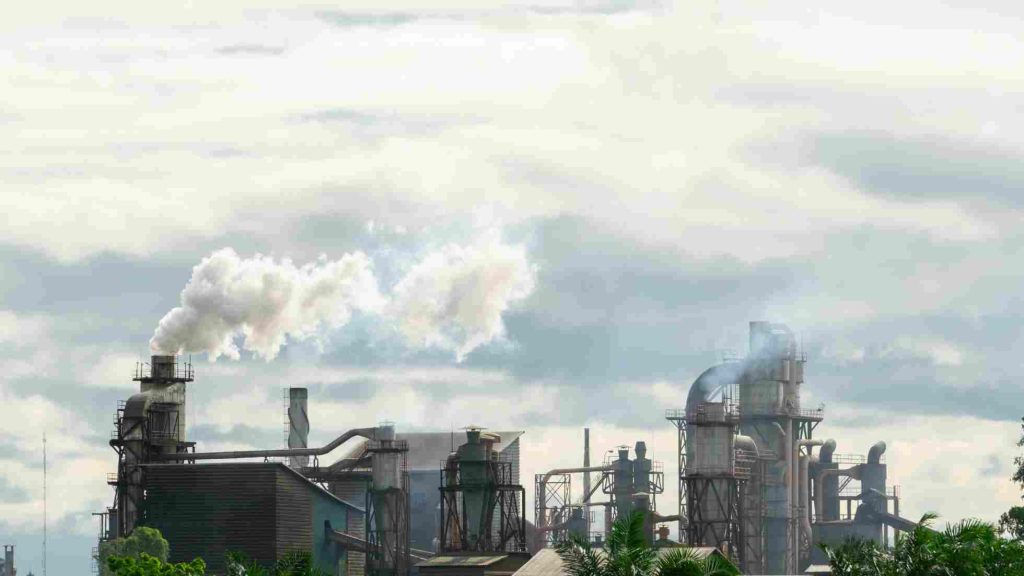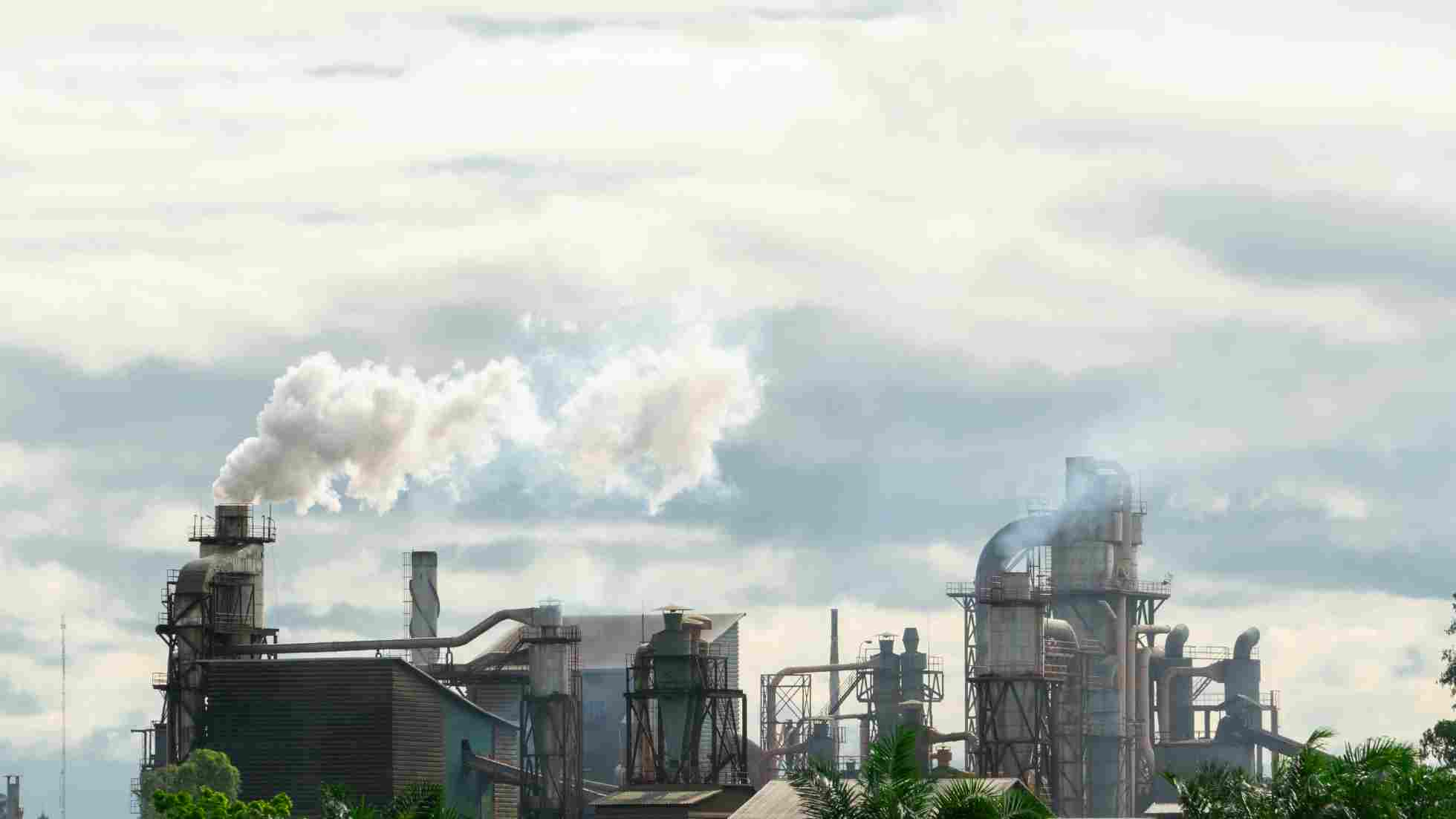Climate change has emerged as one of the most pressing challenges of our time, with far-reaching consequences for the planet’s ecosystems and human societies. As the global community grapples with the urgency of mitigating these impacts, a novel approach has gained attention: climate engineering. Also known as geoengineering, this set of interventions aims to intentionally modify the Earth’s climate on a large scale. In this blog, we delve into the concept of climate engineering, exploring its potential benefits, risks, and the complex ethical and scientific considerations surrounding its deployment.

Climate engineering encompasses a range of techniques designed to counteract the effects of climate change by either removing greenhouse gases from the atmosphere or reflecting sunlight away from the Earth’s surface. These interventions can be broadly categorized into two main approaches:
1. Solar Radiation Management (SRM):
SRM strategies focus on reflecting a portion of the sun’s energy back into space to cool the planet. One prominent SRM method involves injecting reflective particles, such as sulfate aerosols, into the stratosphere to mimic the cooling effect of volcanic eruptions.
2. Carbon Dioxide Removal (CDR):
CDR techniques aim to reduce the concentration of carbon dioxide (CO2) in the atmosphere. This includes direct air capture technologies, afforestation, and ocean fertilization, among others.
The Potential Benefits:
1. Temperature Regulation:
SRM methods have the potential to temporarily reduce global temperatures, providing a short-term solution to mitigate the impacts of climate change.
2. Sea-Level Rise Mitigation:
By slowing the melting of polar ice caps, climate engineering could help curb the rise in sea levels, offering protection to vulnerable coastal regions.
3. Buy Time for Emission Reductions:
Climate engineering could provide a buffer period, allowing for a more gradual transition away from fossil fuels and giving societies more time to adapt to changing conditions.
The Risks and Challenges:
1. Unintended Consequences:
Implementing large-scale interventions carries the risk of unintended environmental consequences, including changes in precipitation patterns, disruptions to ecosystems, and potential harm to human health.
2. Ethical Concerns:
The deliberate manipulation of the Earth’s climate raises ethical questions about who decides to deploy these technologies, who bears the potential risks, and whether such interventions may disproportionately impact certain regions or communities.
3. Technological Limitations:
Many climate engineering technologies are still in the experimental stage, with uncertainties about their effectiveness, scalability, and long-term impacts.
The Need for Global Governance:
The prospect of climate engineering demands international cooperation and governance frameworks to ensure responsible and equitable deployment. The potential for one nation’s actions to impact the climate globally underscores the necessity for collaborative decision-making.
The Ethical Dimension:
The ethical implications of climate engineering are profound. Decisions to manipulate the Earth’s climate involve inherent risks and uncertainties, posing challenges to principles such as informed consent, justice, and environmental integrity.
Moving Forward: Balancing Innovation with Caution
While climate engineering presents a potential tool in the fight against climate change, its deployment requires a delicate balance between innovation and caution. Rigorous scientific research, transparent governance structures, and inclusive global discussions are essential to navigate the complexities of these interventions.
As the global community grapples with the urgent need for climate action, climate engineering stands at the intersection of hope and caution. While it holds the potential to address some of the most severe impacts of climate change, a thoughtful and responsible approach is crucial to avoid unintended consequences and ensure a sustainable and just future for generations to come. In the ongoing dialogue about the future of our planet, climate engineering represents both a challenge and an opportunity to forge a path towards climate resilience.
- IPCC. “Climate Change 2021: The Physical Science Basis.” Intergovernmental Panel on Climate Change, 2021. https://www.ipcc.ch/report/ar6/wg1/
- National Academy of Sciences. “Climate Intervention: Reflecting Sunlight to Cool Earth.” National Academies Press, 2015 https://nap.nationalacademies.org/catalog/18988/climate-intervention-reflecting-sunlight-to-cool-earth







